
In the last couple of years vintage lenses have been showing up in image descriptions and hashtags all over the internet. But why now and why would anyone want to use yesteryear’s glass? With mirrorless systems and their adapter friendly designs bursting onto the scene, there has been a rebirth of sorts for the millions of classic lenses formally laid to rest in the earth’s collective attic. Read along as I make a case for relic glass in your camera bag.
- Spark Creativity – One of the most common reasons I hear for a slow down in the production of images is a lack of inspiration or creative block. Vintage lenses tend to render images in unique ways. From big colorful flares to the cats-eye bokeh offered from early Russian lenses like the Helios 44-2 58mm/f2, an adapted lens can do things your fancy modern glass simply cannot. Leverage these flaws to experiment and craft images that stand out from the pack.
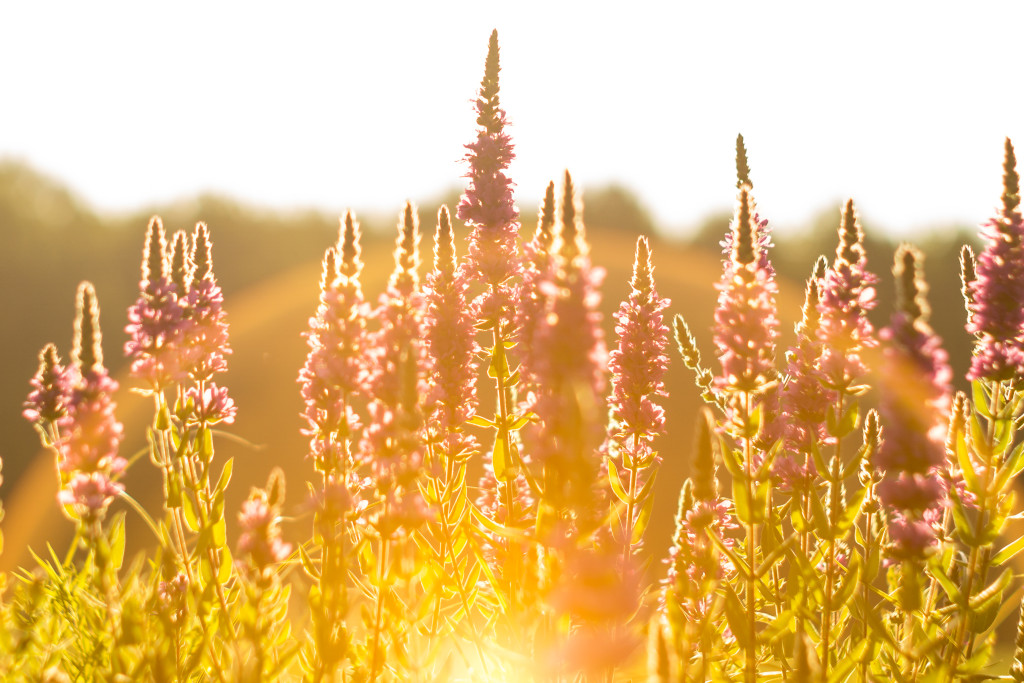
The sun bouncing off of the adapter’s surface creates a unique look to this image. - Fuel Your G.A.S. on the Cheap- You’ve got “Gear Acquisition Syndrome” and you’ve got it bad. Your spouse and I suggest turning your gaze (and your bank account) toward a gently used and decades old model. Depending where you source your antique optics you can score brand name lenses for as little as free. At the high end they are often still a fraction of the cost of a modern, bells and whistles lens. I track down my lenses locally as opposed to online markets like eBay. I check garage sales, resale/antique shops and browse the contents of estate sales in my area. It’s my preference to handle a lens before buying it plus I love the thrill of the hunt. Think there’s nothing worth while in your area? I’ve found some homegrown classic Leica and Zeiss glass that suggests otherwise. What’s better than cheap? Once I started sharing photos taken with vintage lenses on my Facebook page I had both friends and family give me their mothballed SLR kits. An incredibly kind gesture to be sure and I heard more than once that it made the former owners happy to see their old gear getting used. You want to see your loved ones happy, don’t you?
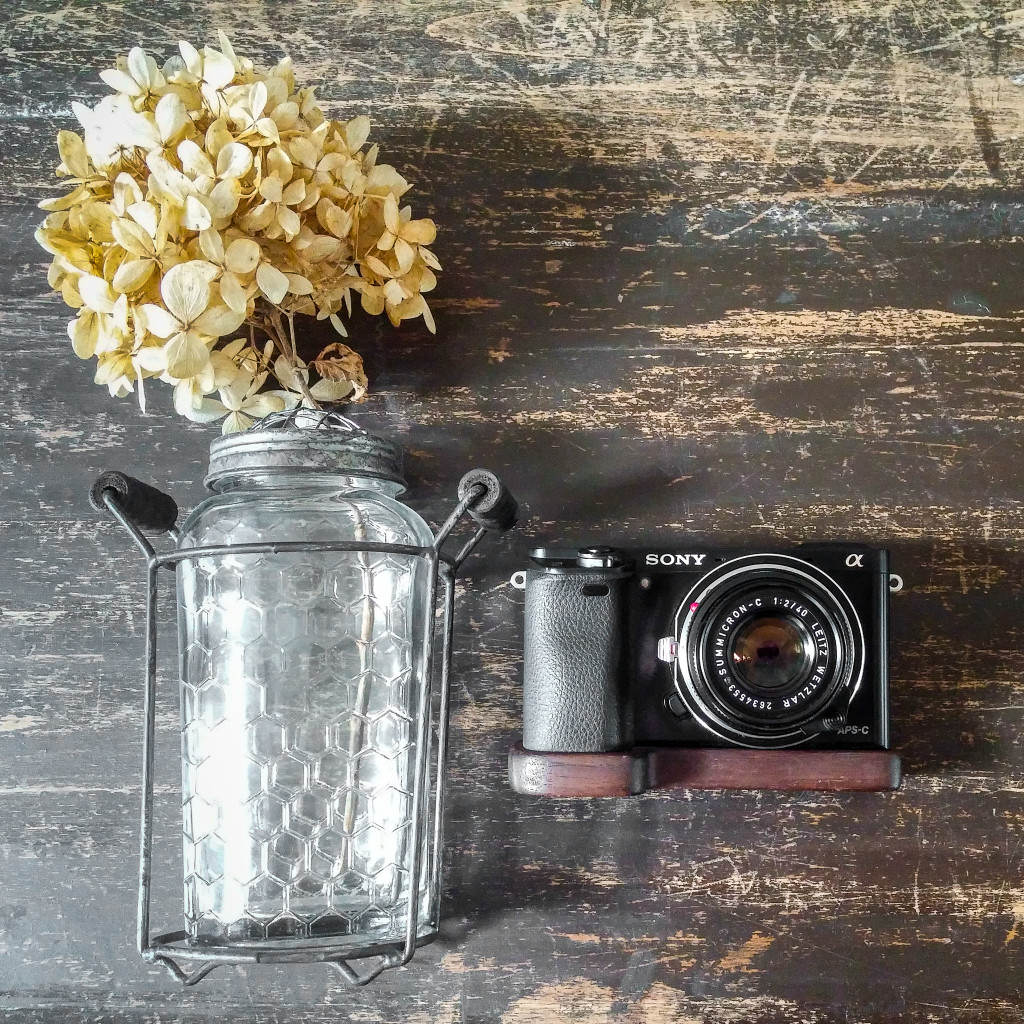
Thrift store Leica lens adapted to my mirrorless camera. - Modern Focus Assists Make Manually Focusing Easy – While split prism focusing screens are no longer the norm, modern cameras, and in particular mirrorless bodies, make manual focusing easy. Electronic viewfinders and back screens of digital cameras offer features like focus peaking and focus magnification. Focus peaking highlights the edges of high contrast areas within your frame. Presumably these peaked edges are the sharply focused areas of your image. I like this feature for higher f-stops where there will be greater depth of field which will allow for some error in the system. For wide open shooting with razor thin depth of field the camera gods have given us the ability to punch right into a frame and visually confirm the exact focus. I live in the mode and find it to be a highly reliable way to nail focus consistently with an all manual lens.
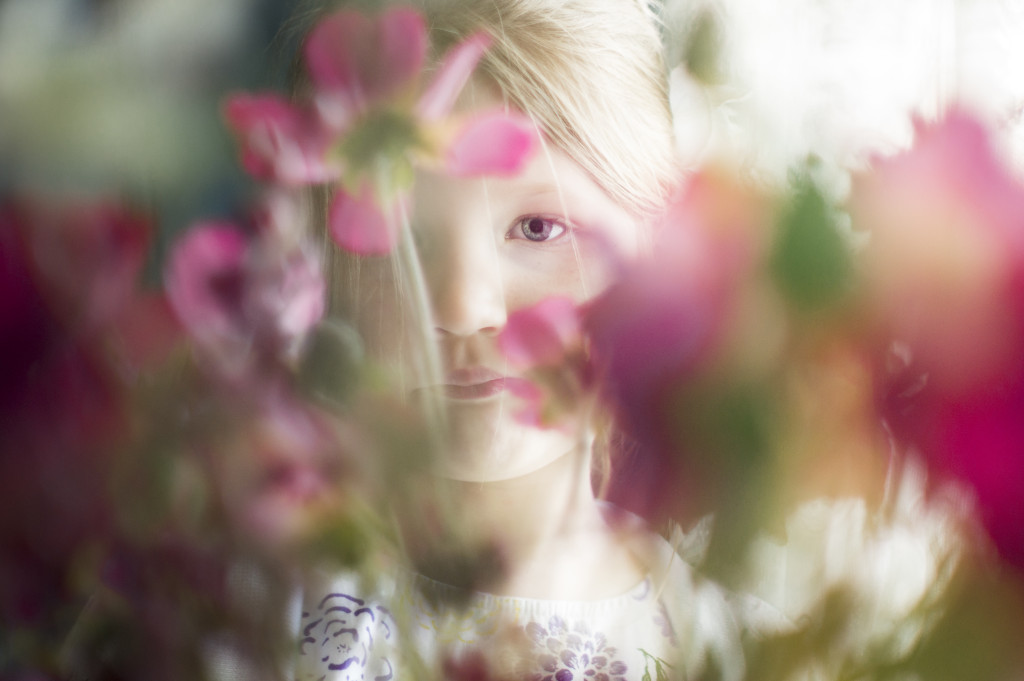
Manual focus is a dream with damped, smooth gearing. - Slow Down, Get Better – Sharpness, focusing speed, aspherical and ED elements are all going to make you a better photographer, right? Nope. Sorry to say that you cannot buy a lens to set you apart or even place you into the pack of good photographers. So if a fancy modern lens won’t make you better, how in the world could an old manual one help? It’ll slow you down. Listen, I’m not proposing you take vintage lenses to your next paying gig or chase a toddler around a playscape with one. What I am saying is that when shooting for you, be it a photowalk or practicing in your backyard, there is a great something to be said for manually dialing in all aspects of your shot. What’s that great something, you ask? You may not take the shot at all. Let me explain. Most, if not all compositions by amateur and hobbyist photographers could be improved upon given a moment of additional consideration. So while you’re selecting the proper aperture and dialing in that perfect focus, you may just realize that lower angle better suites your subject. Maybe you see that pole shooting out of your sitters head in time to recompose for a stunning portrait. This is addition by subtraction. So allow the pace to be a part of your creative process. You may be surprised at what that can offer.
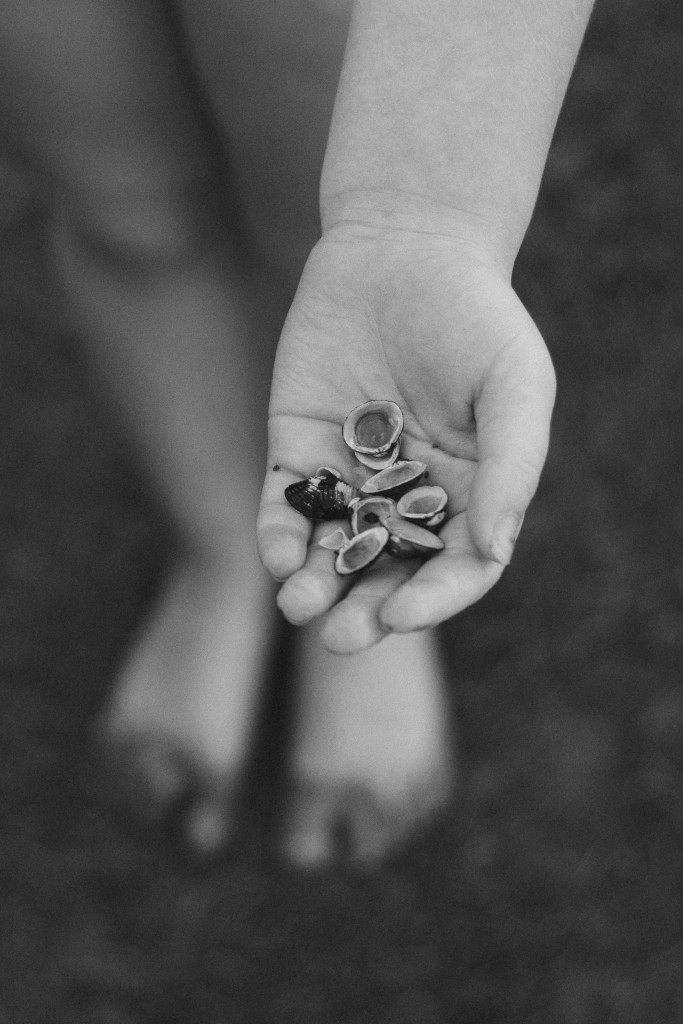
Oh, that out of focus rendering! - Because They’re Fun and Satisfying to Use – I’m not sure how else to say it….nailing a shot with an old manual lens just feels better. Call it craft, a sense of accomplishment or even pride. The truth of the matter is that in some instances a fully manual lens is difficult to use. Kids, sports, even street photography can make for a challenge when using a vintage lens. But as your keeper increases the sense of satisfaction in your photography may just increase as well.
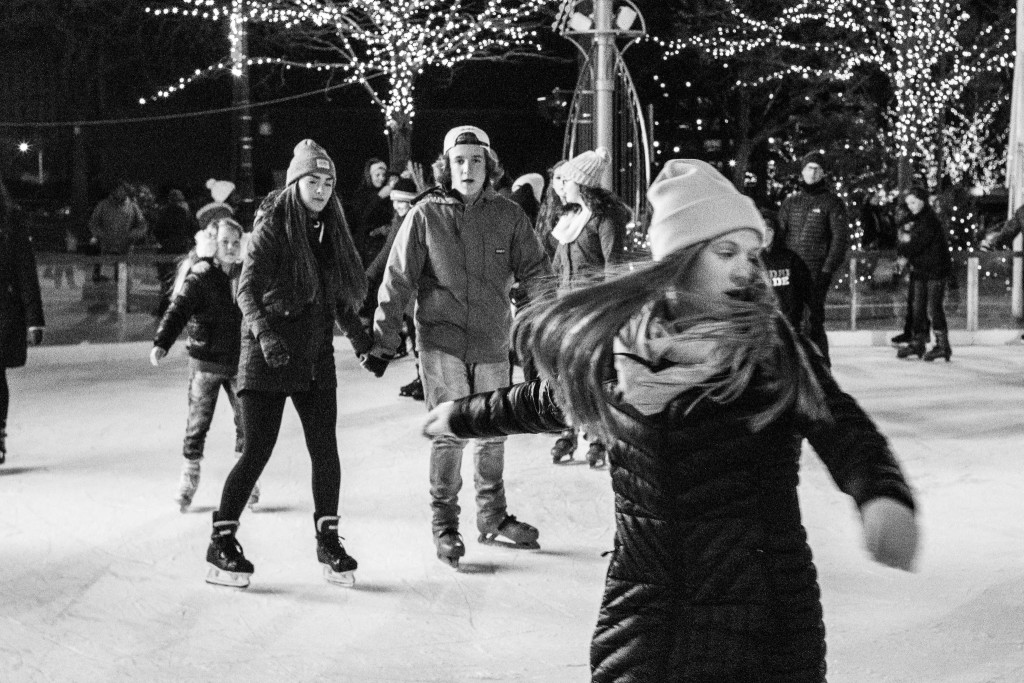
Street photography as shot with a vintage prime. - Because Adapting is Easy – Lastly it’s worth mentioning that installing a vintage lens onto most cameras is as easy as mounting a $15 adapter. Because these lenses are not recognized by your camera body you may need to go into your cameras menu and allow the camera to release the shutter without a known lens attached, but that’s about it. Adapters are so inexpensive that there’s no need to limit yourself to one vintage mount. Nikon users are in luck as the “F Mount”, has been around for decades. Nikon lenses from as old as the late 1950’s are a direct fit for current Nikon FX and DX bodies. Also available are “speed boosters” which reduce the effective focal range and increase the light gathering ability of a lens at the expense of slightly reduced image quality. Some more popular mounts even offer adapters with built in tilt/shift functionality. There are many creative possibilities that open up once an adapter is in the mix.

Brilliant colors from a 50 year old lens? No problem.
There you have it, my six reasons why I think you should give old glass a shot. If you have any questions regarding vintage lenses or what you need to make one work on your camera, I’d love to help. Maybe you’re already adapting. I’d like to hear what you’ve used and what works for you. I can be reached via the links below or in the comments.
Here is a gallery of images shot with some of my vintage lenses.

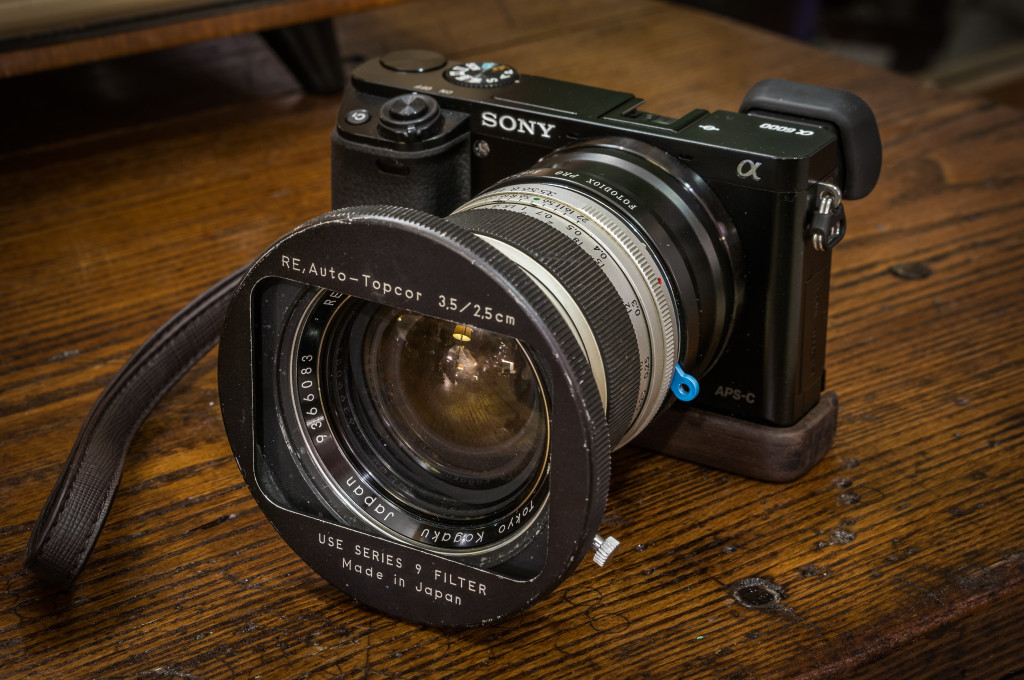

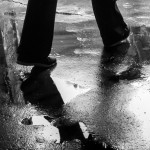
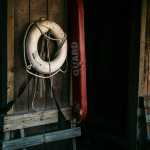

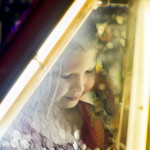



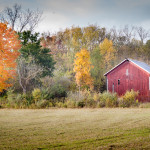
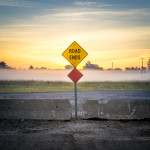

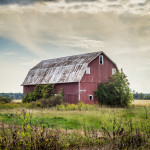


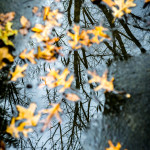
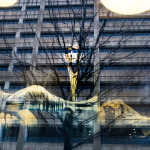

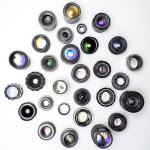
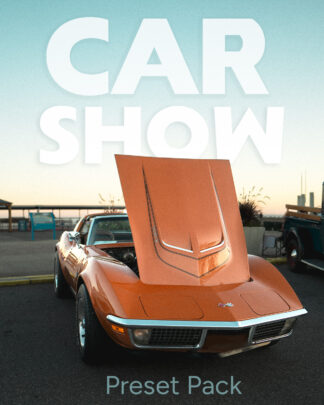

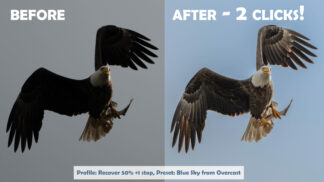
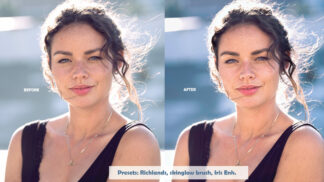
Fantastic post Andy, the reasons you suggested above are exactly why I shoot with manual lenses. Feeling of connection, slowing down and contemplating your composition and extending the process. But most of all the price! I bought a Sony a7 without any intent of ever purchasing a single native lens, I got one so that I could adapt vintage Nikkor AI glass and Leica lenses without having to empty my wallet on a Leica body. People seem to always think that if a product has the word Leica branded on it, it must be an over priced piece of soft junk. But it isn’t true. One of the sharpest lenses I own is the Leitz 135mm f/2.8 Elmarit with range finder magnifying goggles. It was produced in 1960, and I acquired it for $400! And this was a Leica shooter who sold it to me, so he knew his shit.
One thing that should be mentioned is, if you plan on adapting any seriously expensive glass, you should spend some extra cash on a quality adapter. My dad likes to shoot my A7 with his $3000+ 50mm f/1.4 Summilux and 35mm f/2 Summicron, so after a few months of using a $15 fotodiox adapter, we noticed that the interior grooves of the adapter were starting to widen. Small flakes of cheap aluminum started to fall out, and the adapter started to slowly loosen. After this experience, I never bought a cheap adapter again. The brands I can personally recommend are Metabones, Voigtlander and Novoflex. Out of the 2 years I’ve shot with my Metabones Nikon F to Sony E adapter, it has never shown any sign of wear or degradation. If you plan on switching out lenses very often, try not to buy a $<20 adapter.
Thanks for commenting Kyle! I knew you’d need no convincing. 🙂
On the topic of adapters, I own maybe 10 or more and they’re all cheap. I’ve had no issues what so ever with anything like you and your Dad experienced and swap stuff around all the time. Funny though, the only adapter I ever sought a replacement for was a Fotodiox Pro e to Exakta. I won’t bore you with the particulars but a cheaper adapter solved the issue for me
My main objective with this blog was to get people trying old glass. I figured an adapter that was more expensive than the lens might be a bridge too far, ya know? If a reader has the chedder to jump in with both feet and buy a Nochtalux, then by all means, buy a premium adapter. 🙂
The first lens I placed on my Fuji XT-1 was my old Minolta rokkor 50mm 1.4 mostly due to the fact I was still waiting for payment on some other camera gear I sold to get some Fuji lenses. It was a great experience using manual focus (something I rarely did before) and its true that it does force you to slow down a little and think. Granted, not one I usually bring out for event photography, but for portraits or photo walks I love it. I had only been looking on eBay and craigslist for lenses, but garage sales and throaty stores is a fantastic idea! I think I know what I’ll be up to this weekend now.
I love the MD Minolta stuff! The 28mm and the 50’s are great. Thanks for commenting!!!
I thought this was a great read, but as an amateur who is one year into ownwrship of my a6000 – where do I start? I would love to learn to use an older lens and focus manually, but is there a good entry level brand or type of lens to look for? Any help here would be greatly appreciated!
Thanks for the comment Brett! I’d not worry too much about starting out with that perfect lens. I might see what’s available locally at a fair price or even see if a relative might have an old slr kit with a fast prime you could borrow. Once you have the lens, which 90% of the time will be a fast 50mm, order an adapter that fits it’s mount. For example, if it’s a Canon fd mount you’ll need a e to fd adapter. The fast 50mm prime is the most common vintage find short of 3rd party zooms, which I’d avoid. The 50mm f1.4s are great to play with for their razor thin depth of field even on a crop sensor camera. You should be able to get started with a fast lens and an adapter for less than $100usd.
Let me know if you have any further questions. Even if you just want to run some options by me.
This was a great article! It’s an avenue I have been considering since I have an old Canon AE-1 from the ’80 packed away in my attic along with a Canon 50mm f1.8 lens. Like the previous comment I am now shooting with a Sony a6000 so I guess I’ll look for an e to fd adapter and give it a try.
I also have a Chinar 28mm f2.8 and a Vivitar 135mm 2.8. Both were also used on the AE-1. How would I go about finding how/if they can be adapted?
Glad to hear that you enjoyed the article Kathleen. Good news, you 28mm and 135mm will work beautifully on your Sony a6000 with a e to fd adapter. I think my adapter is a Fotasy if I recall correctly. It’s hard keeping them all straight, ha ha. That 28/2.8 will act as a nice standard lens on the a6000 and the 50/1.8 works as a nice short portrait lens.
If you have any other questions please don’t hesitate to ask.
Thanks for the article. It inspired me to get the FOTODIOX PRO MD-EOS to use with my old Minolta Rokkor-x 135mm 2.8. It did not calibrate with my Canon D7mkII after a couple of tries. It is sharp and has a great Bokeh for shots. I prefer the 50 USM prime as it is a bit sharper and manual focus to take pictures of the moving little kids is not possible. Saving for the 85mm prime.
I recently purchased a a bad copy of the Sigma 50mm 1.4 Art lens for my Sony A7 cameras, online, a week before leaving for a Thailand Wedding shoot. I made the mistake of selling my old Sigma 50 1.4 to pay for the Art lens; therefore, I had no fast prime AF lens, except for a 100mm 2.8 macro, for this international% trip. I did have an old Hexanon 50mm 1.4 manual lens and was forced to take that along. Since I only use the 50mm for the pre wedding shots of the bride getting ready I did have the time to use the manual focusing to get some great shots and really enjoyed using the lens manually. I think this lens will always have a place in my bag when I have the time for manual focusing since the colors and contrast are unique.
This is a really interesting article Andy. I have a Fuji XT10 and I am just waiting for my first vintage lens to come through the post.
It is a Cannon FD 50mm f1.8 and I got it with an adaptor included for the equivalent of about 35 US dollars.
I am really interested in finding out the best way to focus using the XT10 features – can you explain a bit more about focus peaking and also what else I will need to do to the camera settings to allow me to use the lens?
Andy what you are saying is what most people know but don’t want to face. Digital images are generally boring and I mean even an maybe especially the ‘good’ ones. They’re too sharp, colors too brilliant to look like anything anybody has actually seen with their eyes. One can only stand so much of ooh and aah!
Anybody can take a couple thousand images a day with a modern digital camera, p&s; dslr, mirror less even a cell phone and maybe look back at 10 of them. Problem is the time it takes to even review them.
Going with a manual focus lens means much fewer images, more time to review and more time to think.
Nice article. Btw I’ve never seen anything like a summicron-c in a thrift store. Beverly Hills?
ANDY,
I have several beautiful Topcon RE Auto lenses, including the 20mm f4 and the 50mm f1.4 GN, all of which are acknowledged to have excellent optical quality. I am considering getting a Fotodiox adapter so that I can use them on Canon EOS. That adapter has a glass element in order to enable focus on infinity.
Do you know if I will run into excessive image degradation, because of that element? To what extent would I have to stop down? It would be a shame to cancel out the original capabilities of those lenses.
They provided many beautiful images on my old Topcon Super DM.
Great read!
I’ll be in Detroit for Movement Festival again this year and will be talking my a6000 and Minolta lenses to try out. Great pics, btw!
Red your article and I really like it! Which lens is attached on the Sony in the first picture?
Heritage lenses are a wonderful “grab bag” game, you’re never sure till you try what you bought. I’m playing with a couple Minolta 50s, a 1.5 and a 1.7. Bought the 1.5 and was gifted the 1.7. Am still struggling with the settings to use on my a6000. Love the read today.